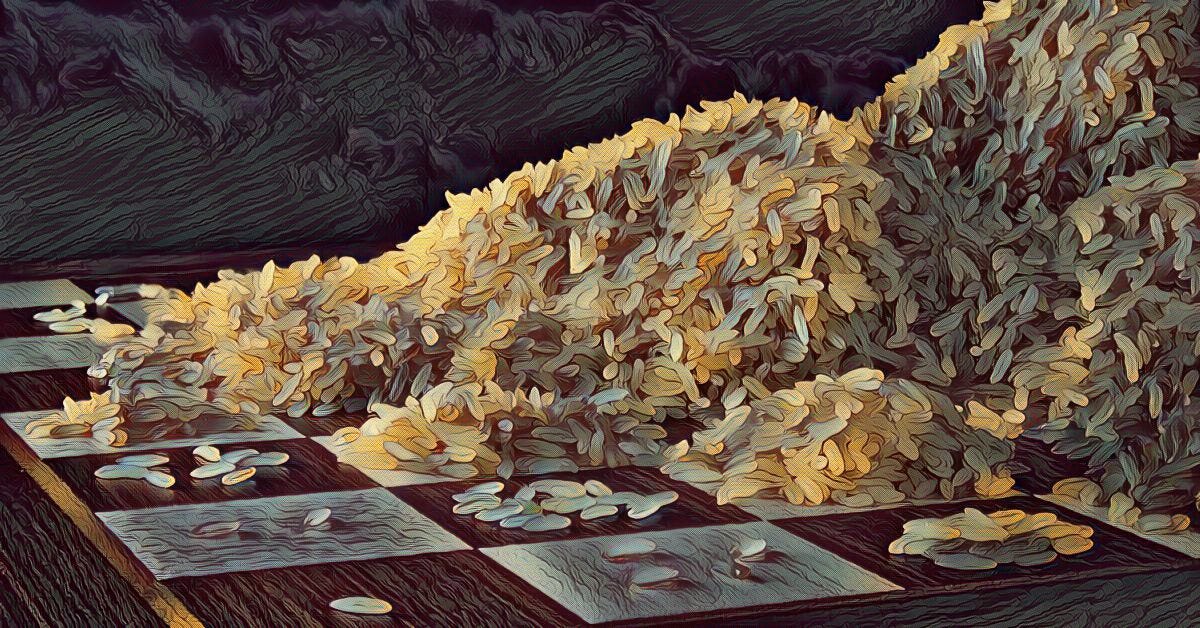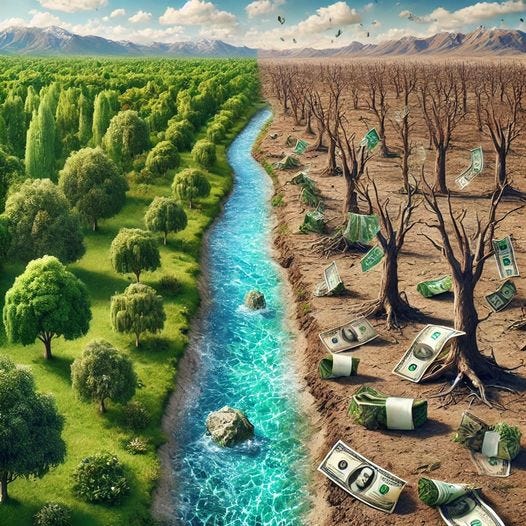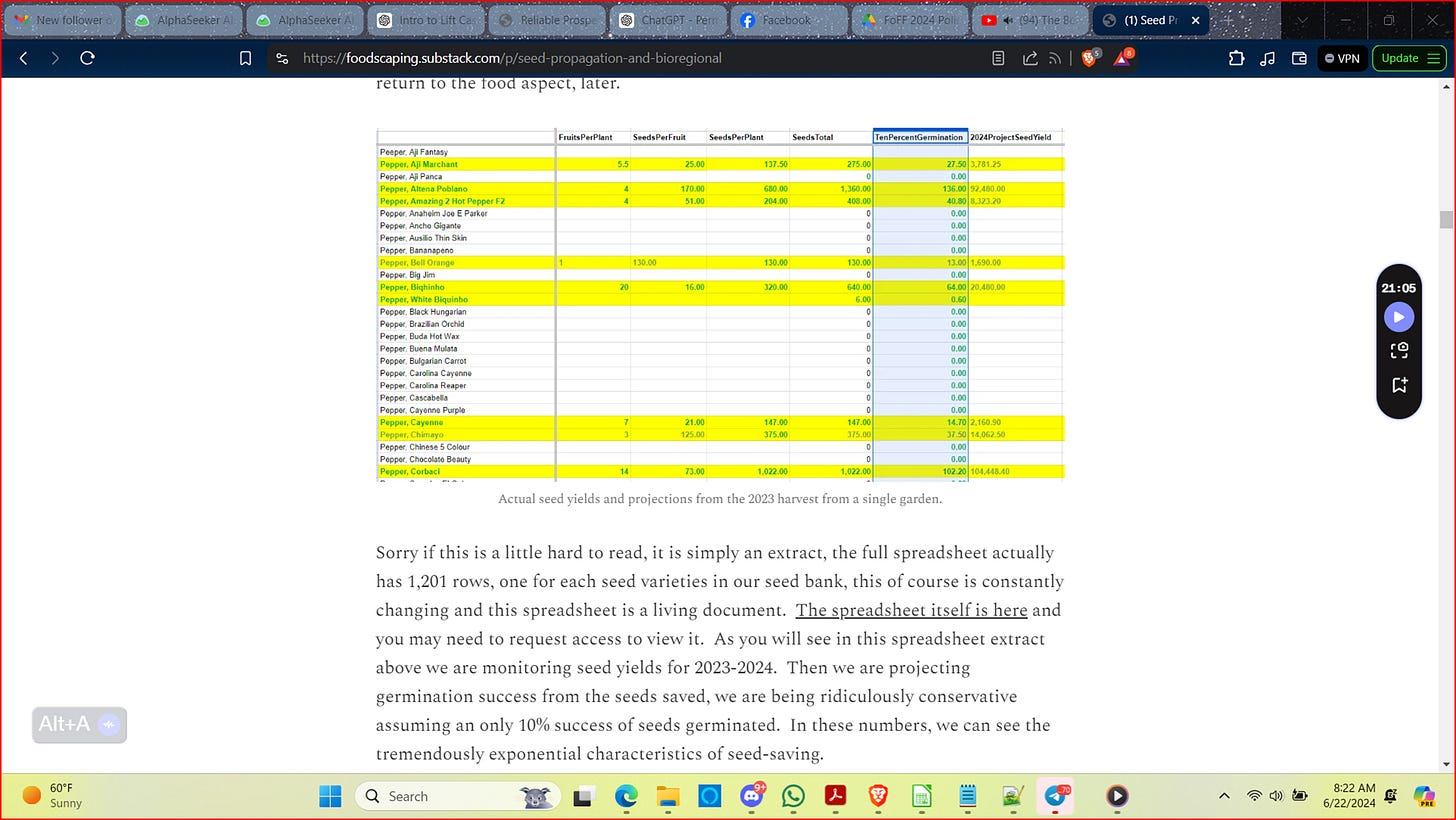In most “civilized”, “first-world”, “developed” nations, we are taught that scarcity is the norm and that such scarcity combined with demand denotes value and in turn delivers currencies and wealth, which we are assured ensures happiness. We have a different slant. If you can't breathe it; drink it; or eat it; It's relatively Worthless!
For the past 5-6 years we have been saving seeds, it started fairly slowly and yet slowly but surely the abundance of seeds saved diligently became more apparent. Here we will share some actual examples from a spreadsheet we maintain; diligently.
Yes, this is difficult to read, so we ill try to share a few rows, this is based on 2023 harvest from 2022 germination and plantings here in Eugene OR. (Please note the Total Seeds column is determined by the number of plants successfully grown).
Plant Peppers per Plant - Seeds per Pepper - Seeds per Plant - Total Seeds
Pepper, Biqhinho 20 16 320 640
Pepper Corbaci 14 73 1,022 1,022
Pepper, Jalapeno 8 109 872 872
Next let’s take the least productive in this extract, the Biqhino Pepper and successfully germinate 10% of the seeds in 2024, into 64 starts.
We plant these 64 plants out and end up with the same seed yields per plant we got in 2023.
20 peppers per plant so 64 x 20 = 1,280 peppers - 16 seeds per pepper so 20,480 seeds.
This is in just one year and we only germinated 10% of seeds saved. At this level, scarcity does not exist, so we created a plan based on #seeds for the Pacific Northwest of the USA; however this could be deployed anywhere and everywhere. “This document is a detailed plan for the establishment of a minimum of 4 Bioregional-Emergency Seed Banks in the Cascadia Bioregion of the USA.”
Thanks as always for reading and if you want more content like this, please subscribe to this newsletter, we will never release more than two per week.







This is an apology for the jumbled format of the peppers list above, we are trying to figure out how to make this more readable.